For a series LRC circuit, I'm trying to calculate the frequency corresponding to a given current (or power) attenuation to either side of the resonance frequency peak according to the formula for current:
$$ I = \frac {V_{rms}}{\sqrt{R^2 + 2\pi FL - \frac {1}{(2\pi FC)^2 }}} $$
Is there a way to factor out / isolate F? I can't find anything beyond the usual 3dB spec.



